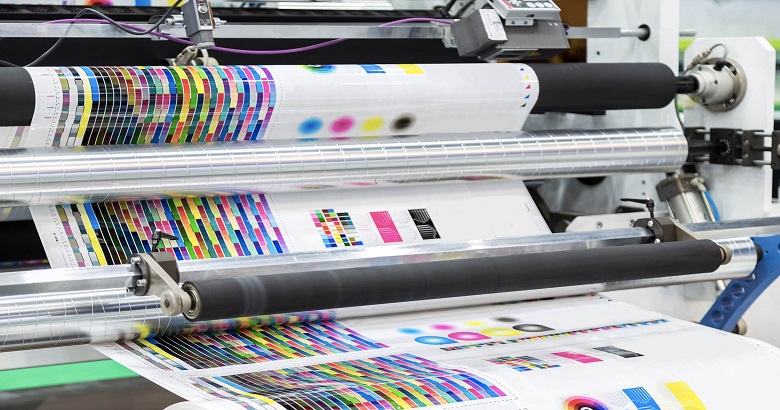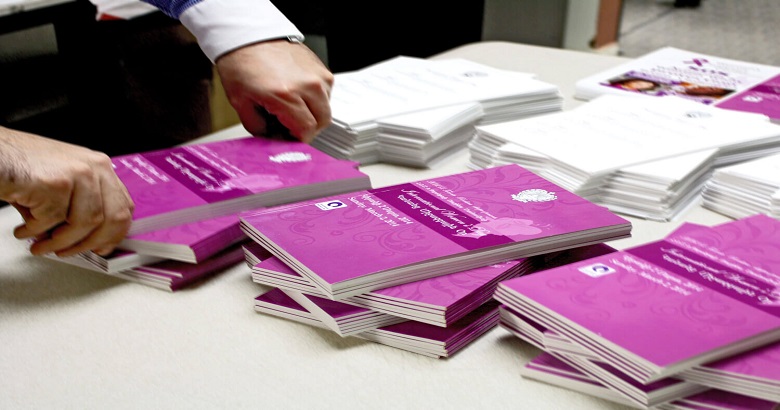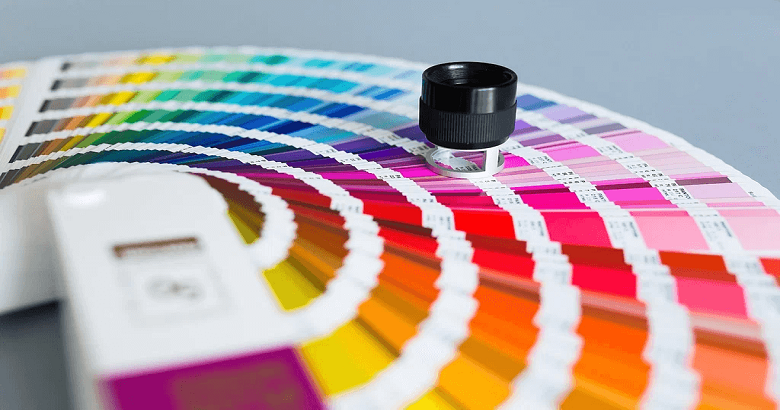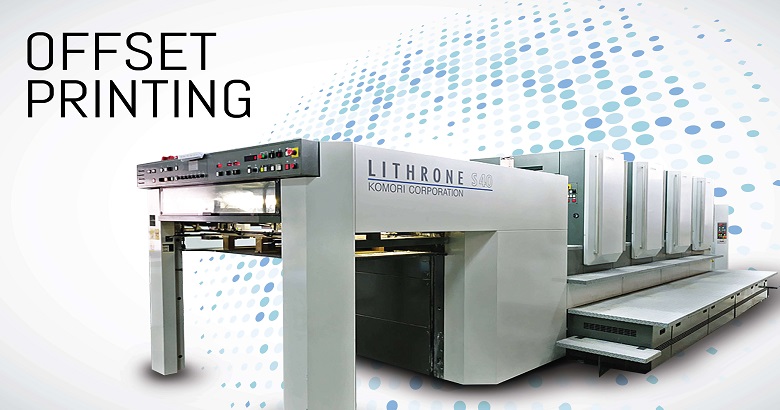In a world where words become real stories and ideas jump off the page, the printing method has a big impact on the quality and appeal of the end product. Digital printing has come a long way thanks to its speed and flexibility, but offset book printing is still a mainstay of traditional book creation. When you learn more about this time-honoured method, you’ll find a world of accuracy, versatility, and quality that can’t be beaten. Let’s go on a trip to learn more about offset book printing, including how it works, its benefits, and things to think about, as well as its role in one-off book printing situations.
A Closer Look at Offset Printing

Offset printing, which is the same thing as lithography, uses a careful dance of ink and water to put pictures on different surfaces. The process is based on the basic idea of hydrophobicity, which says that water and oil-based ink don’t like each other. To make things easier to understand, here’s how offset printing brings books to life:
- Prepress Preparation: Before printing can begin, the book’s content is prepared for printing. This involves typesetting, layout design, colour separation (if necessary), and the creation of printing plates. Each colour in the book requires a separate plate.
- Plate Making: The image to be printed is transferred onto metal plates, with one plate for each colour used in the book. These plates are mounted onto the printing press.
- Printing: The plates are loaded onto the printing press, where they are inked and then transferred onto rubber blankets. The blankets then transfer the inked image onto large sheets of paper, which are fed through the press at high speeds.
- Drying and Finishing: Once the sheets are printed, they pass through drying units to set the ink. After drying, the printed sheets are cut, folded, and bound to form the final book.
Bringing to Light the Benefits of Offset Book Printing

As long as books are being made, why does offset printing still rule? Let’s look at the many benefits it offers:
- Cost-Effectiveness: While the setup costs for offset printing can be higher than digital printing, the per-unit cost decreases significantly with higher print volumes. This makes offset printing more cost-effective for large print runs.
- High-Quality Output: Offset printing produces sharp, vibrant images and text with consistent quality across the entire print run. The ability to control ink and water levels precisely results in crisp details and accurate colour reproduction.
- Versatility: Offset printing supports a wide range of paper types, weights, and finishes, allowing publishers to customize the look and feel of their books. Additionally, it can accommodate various sizes and formats, including hardcover, paperback, and specialty bindings.
- Colour Accuracy: Offset printing provides precise colour matching, making it ideal for projects that require accurate colour reproduction, such as art books, photography books, and catalogs.
- Speed for Large Runs: Once the press is set up and running, offset printing can produce thousands of copies per hour, making it suitable for large print runs with tight deadlines.
Getting Around Limitations and Things to Think About
Offset printing has many benefits, but it’s important to be aware of its limits and things to think about:
- Setup Time: Because offset printing requires a lot of care during setup, waiting times are longer. Offset printing isn’t as good for projects with tight deadlines or small print runs because making plates and setting up the press takes time.
- Waste Management: When you print offset, you make more waste during the setup and make ready steps, and sometimes things go bad during the print run. However careful planning and execution can cut down on waste, making things more efficient without sacrificing care for the environment.
- Economic Viability for Small Runs: Offset printing is most cost-effective for big print runs because of the setup costs that need to be paid upfront. Digital printing may be a better value for money when printing in smaller amounts or when needed right away.
- Problems with Variable Data: Offset printing works best for static material with consistent layouts, but it has trouble with variable data printing. It’s possible that digital printing will work better for projects that need personalised or customised material.
Offset Printing for One-Time Book Printing Needs
Even though offset printing is known for being great at big print runs, it can also be used to print one-off book printing. Offset printing can still offer better quality and more customisation choices for one-of-a-kind or limited edition books, even though it costs more to set up at first. When publishers want to make limited edition copies or custom books, offset printing can help them get beautiful results that make each copy a work of art in its own right.
Accepting the Art of Offset Printing as a Conclusion
Offset printing is the gold standard when it comes to making books because it combines accuracy with flexibility and history with new ideas. It is still a valued partner for both publishers and writers because it offers unmatched quality, low costs for large print runs, and a huge range of customisation options. Publishers can open up a world of possibilities by accepting the art of offset printing and mastering its subtleties. They can turn words into works of art that will last forever.
Embracing the Artistry of Offset Printing
In the realm of book production, offset printing isn’t just a mechanical process—it’s an art form. It’s about more than just transferring ink onto paper; it’s about capturing the essence of a story, a concept, or an idea and bringing it to life in tangible form. Offset printing allows publishers to infuse each page with the same care, attention to detail, and craftsmanship that went into crafting the words themselves.
With offset printing, every book becomes a masterpiece, meticulously crafted to delight the senses and captivate the imagination of readers. From the crisp clarity of the text to the vibrant richness of the images, offset printing elevates the reading experience to new heights. It’s not just about conveying information—it’s about creating an immersive journey that transports readers to new worlds and sparks their curiosity and wonder.
But offset printing isn’t just about producing beautiful books; it’s also about preserving the legacy of literature for generations to come. With its exceptional durability and longevity, offset-printed books can withstand the test of time, ensuring that the stories they contain will continue to inspire and enchant readers for years to come.
The Future of Offset Printing

As technology continues to advance, the landscape of book printing is constantly evolving. Digital printing has revolutionized the industry, offering unprecedented speed, flexibility, and cost-effectiveness. However, one-off book printing remains a stalwart companion, valued for its unparalleled quality, versatility, and craftsmanship.
Looking ahead, the future of offset printing is bright. Innovations in printing technology and materials continue to push the boundaries of what’s possible, opening up new opportunities for creativity and innovation. Whether it’s experimenting with new paper stocks and finishes or harnessing the power of digital enhancements, one-off book printing continues to evolve and adapt to meet the changing needs of publishers and readers alike.
In conclusion, offset printing is more than just a printing method—it’s a cornerstone of the publishing industry. Its ability to deliver unmatched quality, versatility, and craftsmanship makes it an indispensable tool for publishers seeking to bring their visions to life. By embracing the artistry of offset printing and harnessing its power to create beautiful books, publishers can continue to inspire and enchant readers for generations to come.
Frequently Asked Questions
-
What is the difference between offset printing and digital printing?
Offset printing involves transferring ink from metal plates onto a rubber blanket and then onto paper, making it ideal for large print runs. Digital printing, on the other hand, involves directly transferring digital files onto paper, making it suitable for short print runs and variable data printing.
-
How long does it take to set up offset printing for a book?
The setup time for offset printing varies depending on factors such as the complexity of the project and the number of colours involved. Generally, it can take several hours to set up the press and prepare the printing plates before the actual printing process begins.
-
Can offset printing be used for printing photographs and illustrations?
Yes, offset printing is highly suitable for printing photographs and illustrations. Its precise colour reproduction capabilities ensure that images are reproduced with exceptional clarity and fidelity, making it ideal for art books, photography collections, and illustrated publications.
-
Is offset printing environmentally friendly?
While offset printing does generate waste during setup and printing, it is considered more environmentally friendly than some other printing methods. Many offset printing facilities implement waste reduction strategies and use eco-friendly inks and materials to minimise their environmental impact.
-
What factors should I consider when deciding between offset printing and digital printing for my book?
When deciding between offset printing and digital printing, consider factors such as print run size, budget, turnaround time, and desired print quality. Offset printing is cost-effective for large print runs and offers superior quality, while digital printing is more suitable for small print runs and projects with tight deadlines.



